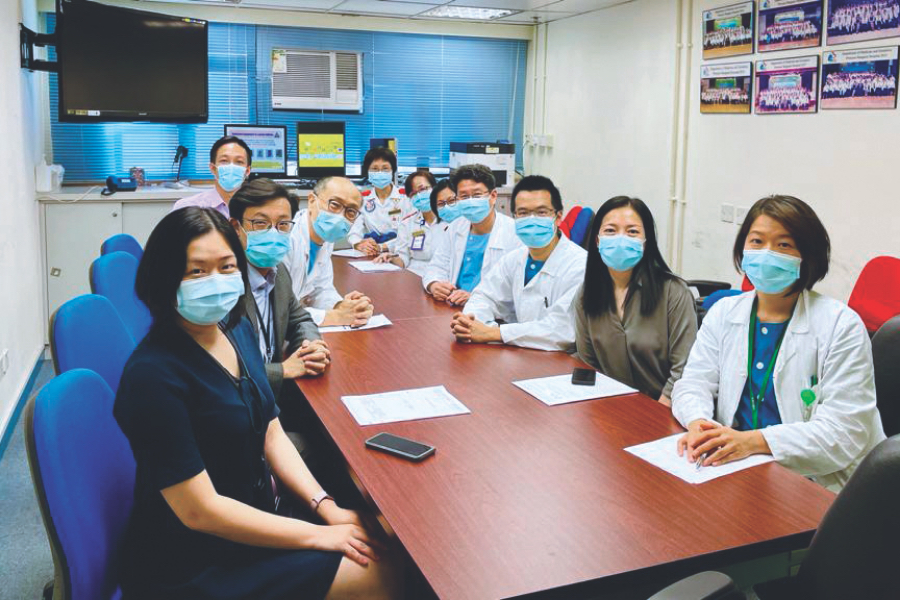Q&A on paired kidney transplant
What are the key features of Paired Kidney Donation Pilot Programme?
Paired kidney donation (PKD) provides an alternative for patients waiting for kidney transplants. Blood group (ABO) or Human Leucocyte Antigen (HLA) incompatibility impedes living donations, especially for patients with blood group O or highly sensitised patients. Participation is voluntary, and participants have the right to withdraw from the programme at any time. Patients and donors are assigned with reference numbers to protect their privacy and maintain fairness in allocation.
Is there an increase in risk in paired kidney transplants?
The risk of complications in PKD are not greater than that of ordinary living kidney transplantation as they involve the same surgical modalities. In general, living kidney transplants have shorter recovery times and better long-term outcomes than deceased kidney transplants. For donors, their health and quality of life are not significantly altered by kidney donation.
What happens if one transplant succeeds and the other fails?
The working group has contingency plans for untoward events. In the situation of an ‘orphaned kidney’ wherein a donor’s kidney has been removed but the intended recipient cannot receive it for unforeseen reasons, the kidney will be allocated to another patient next in line on the deceased allocation waitlist. At the same time, the patient with the transplant put on hold, will be given first priority on deceased allocation waitlist.
Is PKD limited to two pairs?
PKD is well established in many overseas countries where living donation is widely accepted, successful transplantations often involving more than two matching pairs or donor chains, the US even having accomplished a match chain of 10 pairs. However, this necessitates tremendous manpower and resources, so the local programme will be focusing on the arrangement for two pairs at this stage.
A milestone in kidney transplant history
The first paired kidney transplant in Hong Kong has created a blueprint for future procedures – and Dr Catherine Chong, HA Senior Manager (Integrated Clinical Services), remarks, “there is no preceding template to follow, even the Human Organ Transplant Board has no previous experience in handling such applications and approvals. So, we have to discuss the details many times beforehand to ensure the legal requirements are met while protecting the confidentiality of both donors and recipients.” Dr Chong’s team will meet the Board to review the processes soon. “The good news is that we can learn and pass on the experience, so we have procedures to follow next time,” she says.
Dr Mak Siu-ka, Chairman of HA CRC, expresses his heartfelt thanks to the concerted efforts of all clinical and administrative colleagues who have intensively worked on this programme since 2015. He believes the positive experience just now would booster the confidence of both patients and family members, encouraging more pairs to join the matching pool. A larger pool would in turn enhance the chance of successful matching and benefit more patients.
Dr Janette Kwok, Co-Chairperson of the PKD Working Group of HA, hopes more patients will be encouraged to participate. To improve the success of matchings by augmenting compatibility between donor-patient pairs, apart from individuals who are blood group or HLA incompatible, living related donor-patient pairs are also encouraged to join the programme.
